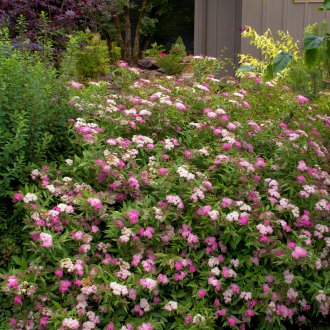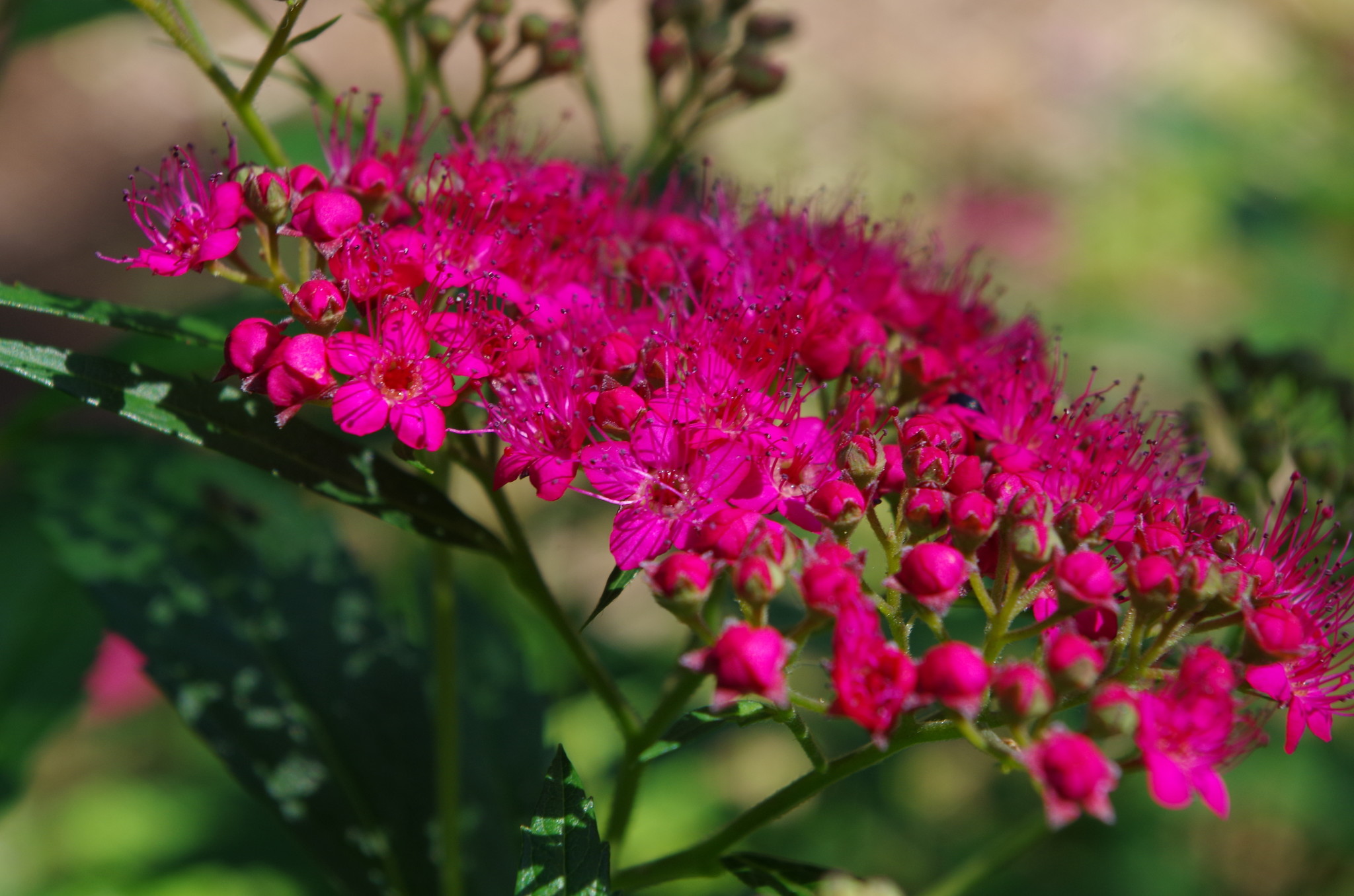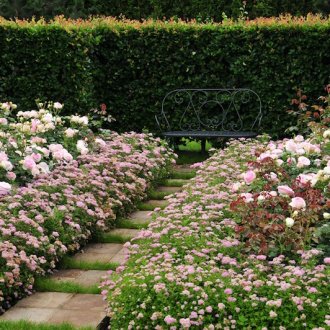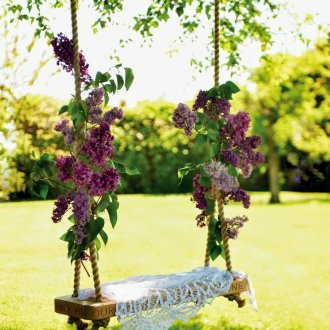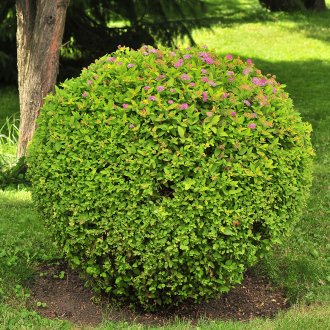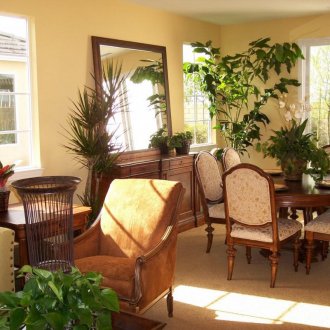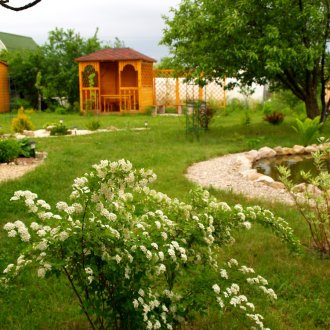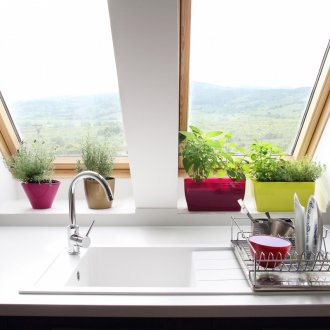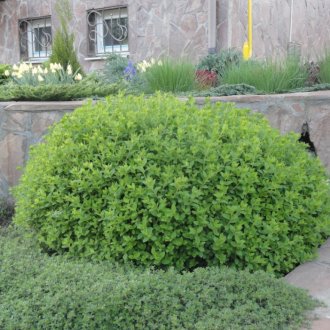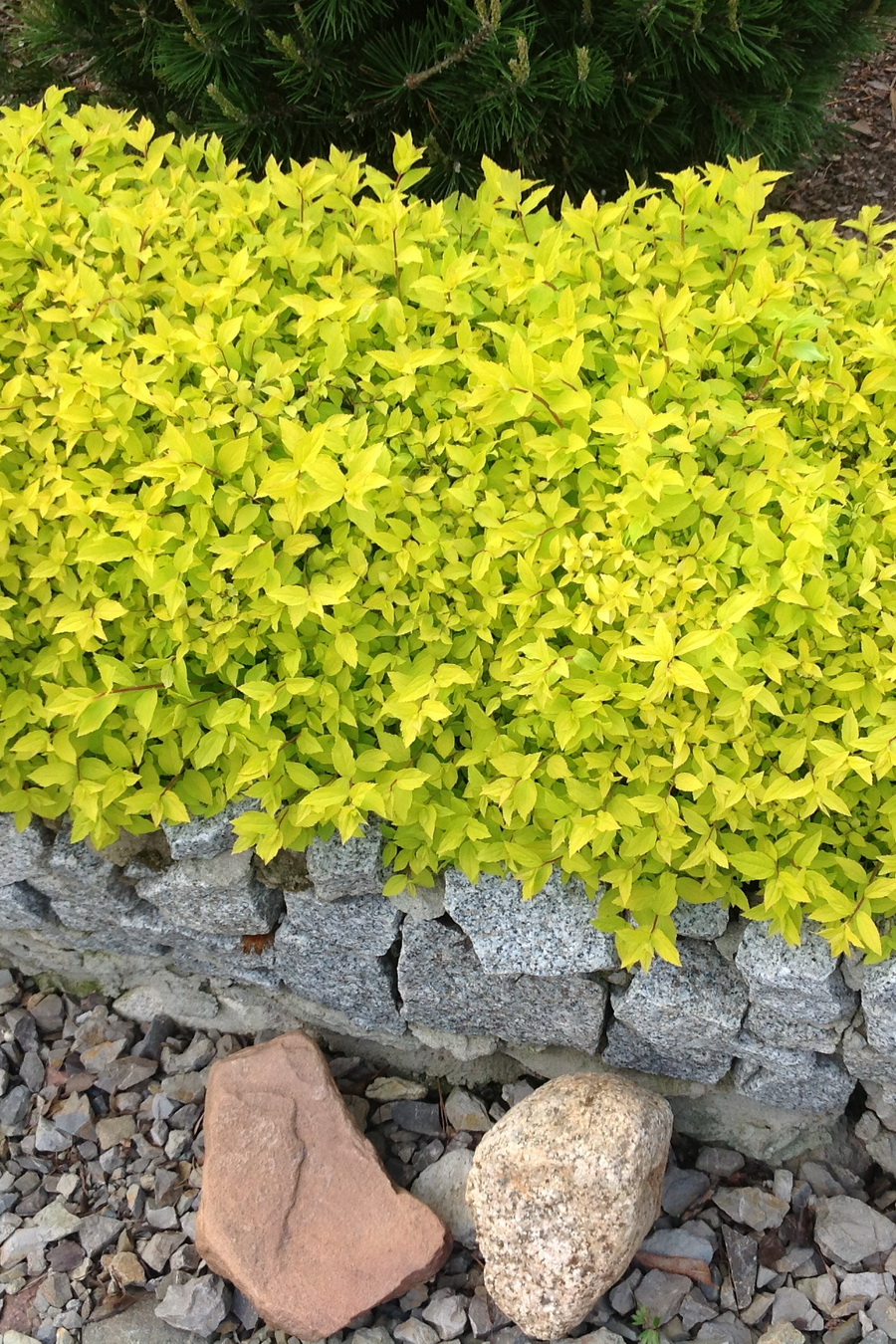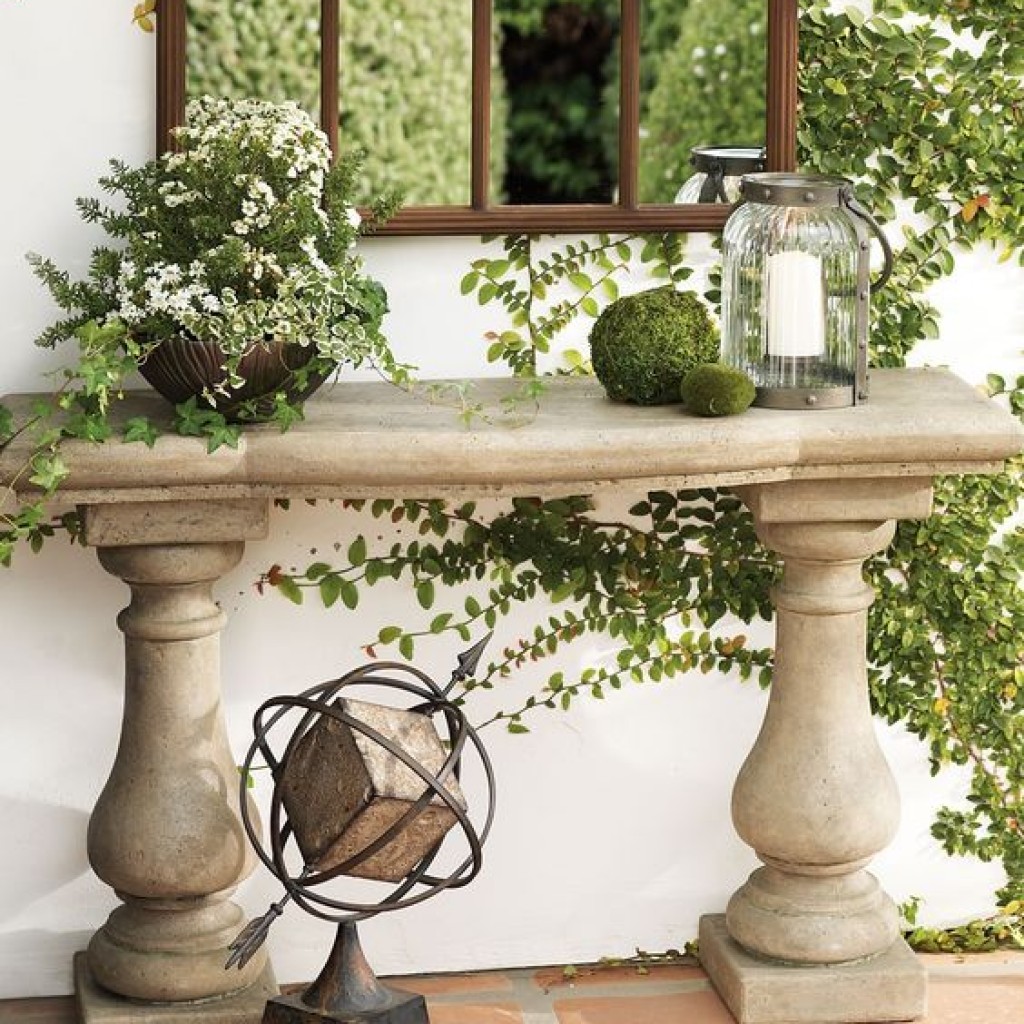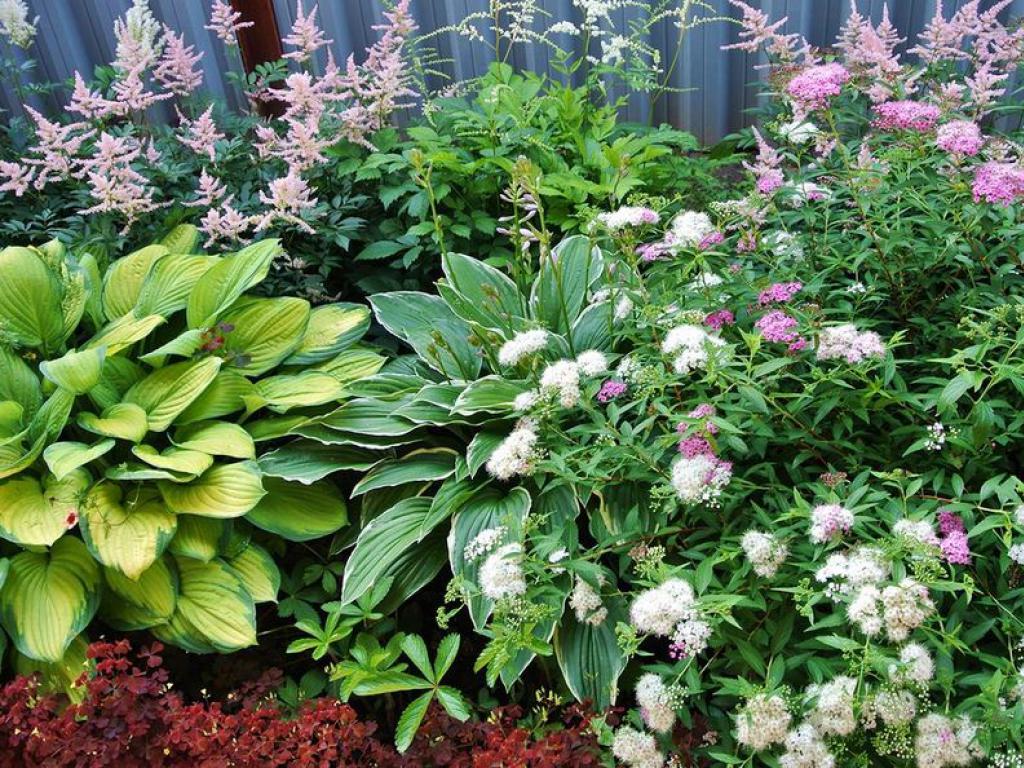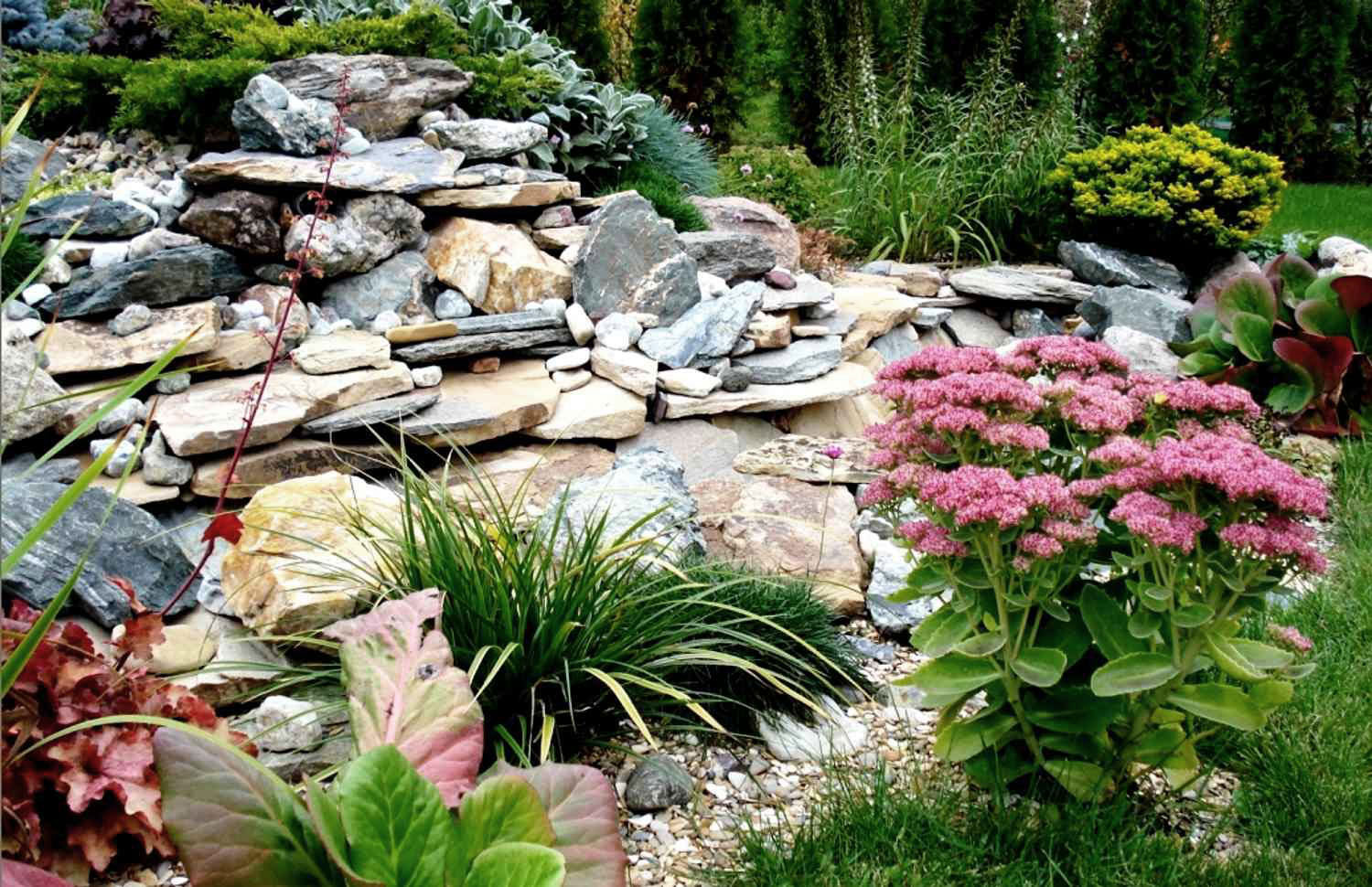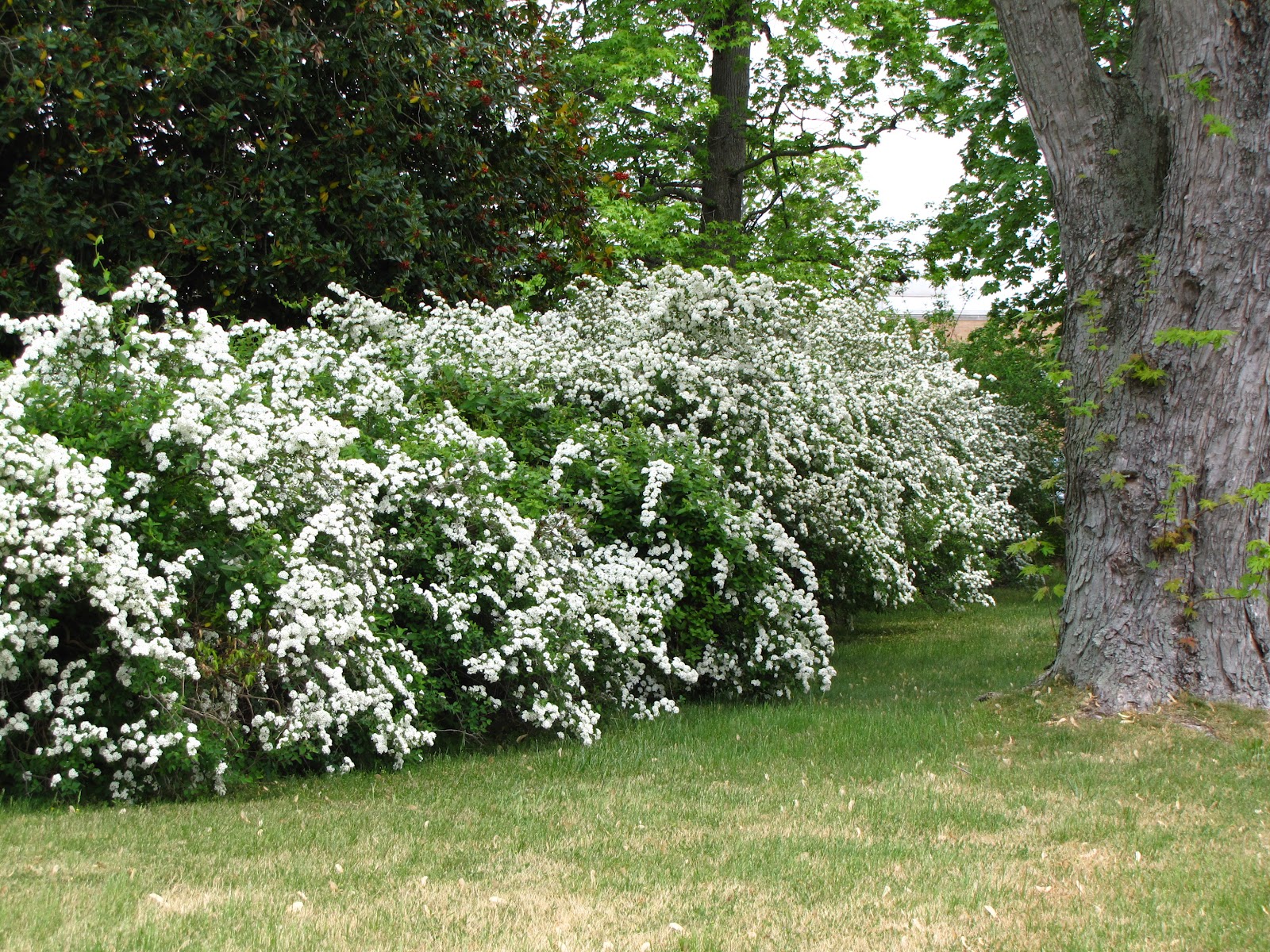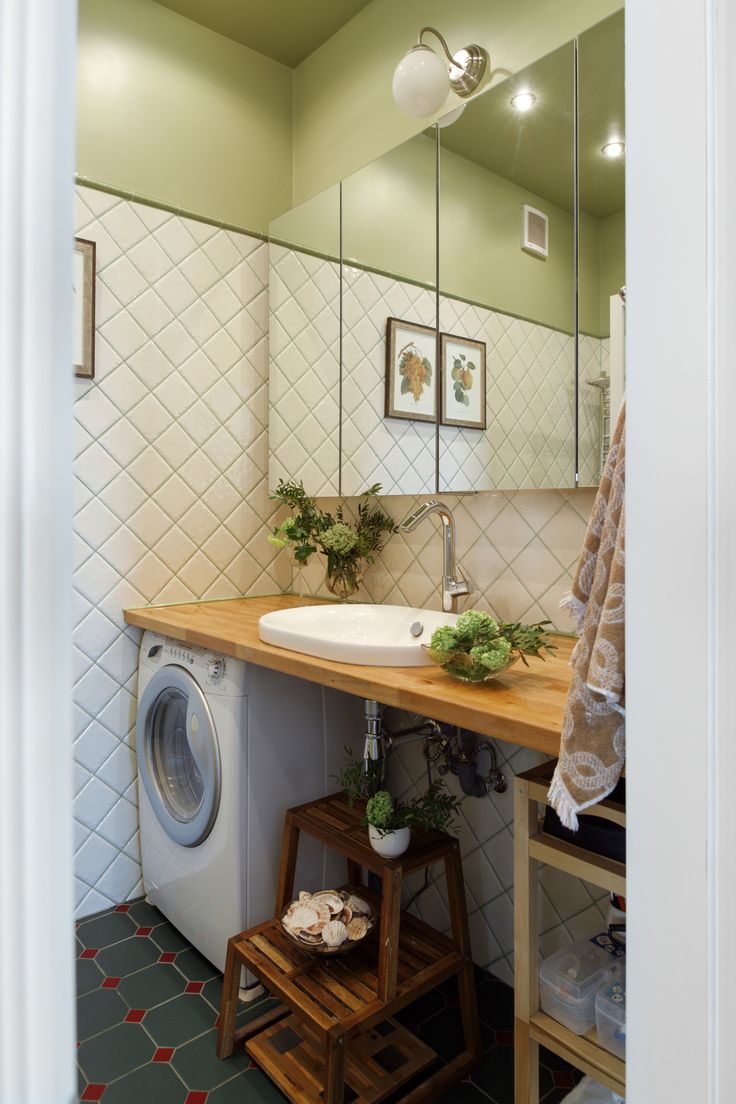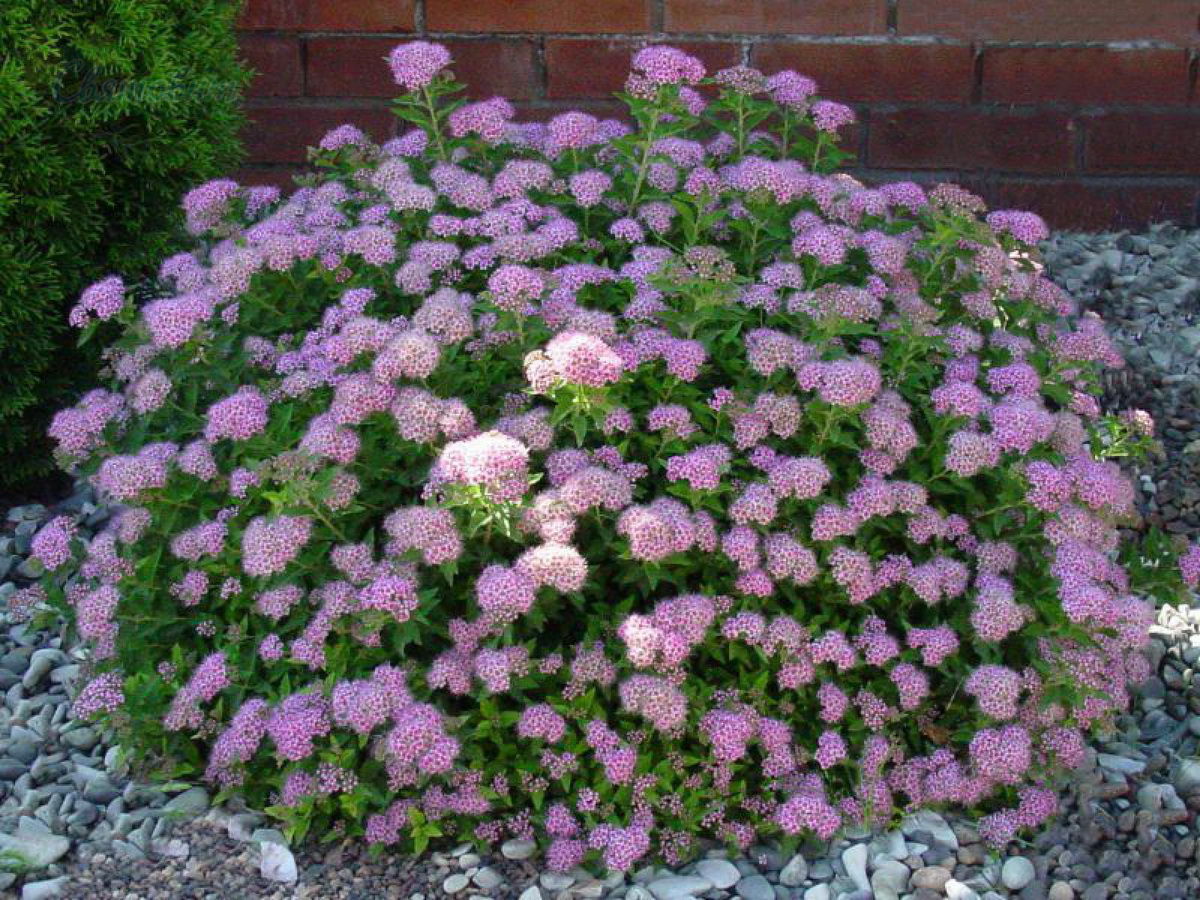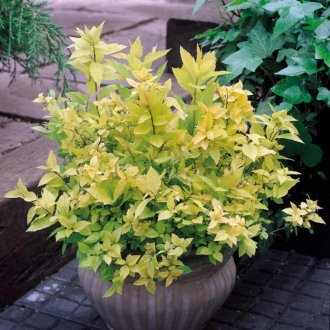Japanese Spirea in the garden - luxurious softness (28 photos)
Content
This unpretentious, easily propagating and luxuriously flowering plant can decorate any garden. At the same time, many are attracted by the fact that the implementation of work such as planting and care will not cause any difficulties even for novice gardeners.
general characteristics
Spirea, easily adapted to the Russian climate, is grown in many regions of the Russian Federation. The genus Spirea includes about 90 varieties of this plant. And thanks to the work of breeders, the appearance of new interesting varieties of it is constantly observed.
The most popular among landscape designers is Japanese spirea, in the scientific world called Spiraea japonica and arrived in Russia from China and Japan. Many gardeners are very fond of it for their long and luxurious flowering.
An interesting feature is its elliptical leaves. In the spring, blooming, they become reddish-brown in color, turn green with the advent of summer, and in the fall they begin to acquire a reddish tint. But today, breeders have already obtained varieties that do not change the color of their foliage from spring to autumn.
Japanese Spirea is superior in flowering to all representatives of its kind. Beginning in mid-June, pleasantly smelling caps of flowers appear on it, representing a spectacular spectacle that can be admired until the fall.
Biological features
Japanese Spirea, resistant to many adverse conditions, is successfully grown in almost all regions of our country, starting from the southern borders and up to the Arctic. It can grow even without fertile soil, fertilizing, watering and shelter for the winter.
Japanese spirea is watered, as a rule, only the first year of its life. Trimming is also optional. The height of the bushes of the plant depends on the variety and varies in the range of 20-150 cm. The crown of this type of spirea is hemispherical without "bare legs", sometimes thick, and sometimes a little "tousled."
Seedling preparation
Before planting, the root system of the seedlings must be put in order. For what it is necessary, using a garden pruner, to shorten too overgrown roots and remove damaged ones. The branches also need to be corrected, especially if the seedling has overdried roots. The aerial part of the plant is shortened by a third.
Saplings having a closed root system, after being removed from the container, are abundantly watered with water. In the presence of a strongly dried-up earth lump, it is kept for some time in a container of water.
Planting spirea
This procedure is usually performed in early spring, before the buds begin to bloom, or in the fall. Although Japanese spirea is a hardy plant, it is better if it grows in a sunny area and in fertile (leaf or sod) soil with a distance between seedlings of 50 or more centimeters.
It is advisable to plant this ornamental shrub on a cloudy or rainy day. It is recommended to put some stones or broken bricks in the hole for the seedling, and then pour a layer of garden soil, adding river sand mixed with peat to it. You need to adhere to the following proportions:
- soil - two parts;
- peat is one part;
- sand is one part.
The roots of spirea, after placing them in a prepared hole, are covered with earth, which is compacted around the seedling.It is also recommended to mulch the soil with peat, having previously well watered it with water.
Plant care
Although Japanese spirea belongs to unpretentious plants, but with proper care you can achieve more vigorous growth. In this case, it is necessary to periodically loosen the soil and weed it. Then the spirea will delight you with the bewitching beauty of its lush flowering. She tolerates a haircut that turns it into an unusual flowering hedge.
Watering
In Japanese spirea, the root system is located near the surface of the earth, so the plant does not feel well in drought, and at this time it needs to provide a lot of moisture by pouring two or three buckets of water under its bush every 14 days. After pruning, it is also recommended to water the spirea bush abundantly for several weeks.
Top dressing
It is necessary to annually into the soil, in the place where the Japanese spirea is planted, to close up the mulch, which should include peat, as well as compost or crushed bark. It is also recommended to fertilize the plant immediately after its cutting with the help of mineral fertilizers.
Pruning
Pruning of the plant is carried out in order, firstly, to give the bush a shape, and, secondly, to remove the ugly, dried or aging shoots, which are shortened to the locations of viable large buds.
When rejuvenating Japanese spirea, do not be afraid to remove the excess.
With the help of bold high-quality pruning, you can only increase the number of new shoots. Without such a procedure, the old branches of the bush will tilt it down, and the top will begin to dry out.
Some experienced gardeners advise cutting the bush every four years so that there is only 30 centimeters of its height from the ground.
Breeding
Bush division
With the advent of autumn, three to four-year-old spirea must be dug up, the roots washed and the plant divided into two or three bushes before the end of leaf fall. Then you need to make a hole in the ground and pour a small mound in the middle, on which to place one of the obtained bushes, having previously leveled its roots. Sprinkle the hole with the seedling in it with earth and pour water.
Cuttings
For this, annual shoots cut in July are used, on which five to six top leaves are left, removing all the rest. After that, the cuttings are kept for 10-14 hours in the Epina solution, which is an activator of the plant's protective functions, and treated with Kornevin, a biostimulating drug that irritates the integumentary tissues of the plant and stimulates the development of living cells in wounded places. After that, such well-prepared cuttings for further rooting are placed in a moist sandy substrate.
Cuttings are covered with a film and sprayed with water three times a day. With the onset of autumn and after the appearance of roots, cuttings are planted close to each other in the soil, covering with fallen leaves. Before spring comes, cuttings are covered with boxes, and they are planted in a constant place in spring, when shoots appear on them.
Seed propagation
Sowing seeds is best done in spring in a container filled with a mixture of peat and earth. Seedlings that have appeared are planted in the garden in early summer, pinching the tip of their main root, which is done to ensure better development of the plant's roots. Japanese spirea, grown using seeds, blooms only after three (and sometimes four) years.
Decorative varieties and their features
Thanks to the achievements of breeders today, more than fifty varieties of Japanese spirea are known. At the same time, landing and care for each of them do not have significant differences. And they are all charming in their own way. Below are considered only some of the most popular varieties.
- “Goldflame” is a plant with small pink (sometimes with a reddish tinge) flowers and with changing foliage.In spring, the leaves are orange, then turn yellow, then green with yellowness, and, finally, in the fall they turn orange with the addition of copper.
- “Little Princesses” is a small shrub with a height of 60 centimeters or less, with dark green leaves. Flowers, the diameter of which can reach up to four centimeters, can be either red or pink.
- "Golden Princesses" - a variety of Japanese spirea up to 100 centimeters high. It has red-pink inflorescences and yellow foliage.
- “Shirobana” - a bush with a height of not more than 60 centimeters with a wide crown, sometimes reaching a diameter of 1.2 meters. Flowers (white or pink) appear at the very end of July.
- "Macrophylla" is an interesting plant that has wrinkled leaves of purple and red hue and umbrella-like soft pink inflorescences.
- “Crispa” is a shrub no more than 50 centimeters high with small pink flowers of a lilac hue, collected in the form of umbrella inflorescences. It blooms for approximately two months, beginning in mid-summer.
